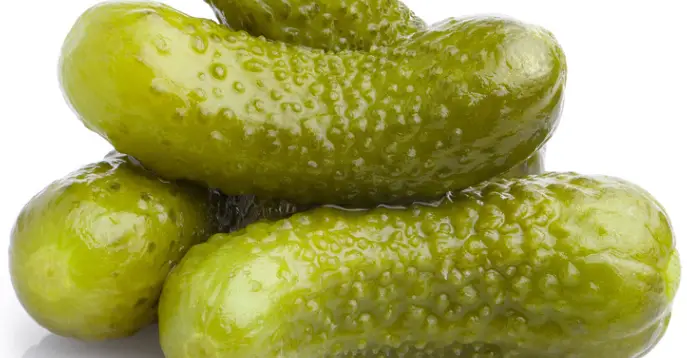If you eat a mango that’s gone bad, it might not taste good, and it can also be bad for your health. We’re going to talk about what can happen if you have a bad mango, how to know if a mango is no good anymore, and ways to avoid eating one that’s gone bad.
Table of Contents
How to Tell If a Mango Is Bad or Rotten
A mango that’s starting to go bad will look, feel, and smell different. Here are some clues that a mango isn’t good to eat anymore:
- Color Changes: If you see dark spots, mold, or the skin looks darker than usual, the mango might be bad.
- Soft and Slimy: If the mango feels really squishy or slimy, it’s probably rotten.
- Bad Smell: A mango that smells sour or just not right is a sign that it’s spoiled.
- Fizziness: If there’s any bubbling or it looks like the mango is leaking fizzy juice, it means the mango is fermenting and spoiled.
The Trouble Makers: Mold and Bacteria
Mold and bacteria are often why mangoes go bad. Mold can grow on the outside of a mango. It can make the mango taste off and might cause sickness because some molds make toxins. Bacteria, like Salmonella and E. coli, can also be on mangoes and can make you very sick if you eat them. These bugs like warm, wet places, which are often where mangoes come from.
What Happens If You Eat A Bad Or Rotten Mango?
If you end up eating a bad mango, you might get food poisoning. You could feel sick to your stomach, throw up, have stomach cramps, diarrhea, a fever, or a headache. If you feel really bad or don’t start to get better, you should see a doctor. To keep from getting sick, handle mangoes the right way and follow safety steps when dealing with food.
How to Handle Mangoes The Right Way
If you handle and store mangoes correctly, you can keep them from going bad. Here are some tips to help you with that:
How to Store Mangoes
- Keep Them Cool: Put ripe mangoes in the fridge to slow down the ripening process so they last longer.
- Keep Them Alone: Don’t put mangoes with other fruits and veggies because they give off a gas that can make them ripe too fast.
Choosing Good Mangoes
- Look and Smell: Go for mangoes with bright colors and a sweet smell.
- How It Feels: When you press it, the mango should be a little soft, but not too much.
Spotting Bad Mangoes
- Look at It: Check the mango for any weird colors, mold, or signs it’s not fresh.
- Smell It: If the mango smells off, it’s probably not good to eat.
- Drink Water: Keep drinking lots of water to help get rid of the bad stuff and to stay hydrated.
- Rest Up: It’s important to rest so your body can heal.
- Watch Your Health: Keep an eye on how you feel and talk to a doctor if you don’t start feeling better or if you get worse.
What to Do if You Eat a Bad Mango by Accident
If you eat a bad mango by mistake, here’s what to do. Normally, your body can fight off a little bit of food poisoning. But you should:
Conclusion
Eating a rotten mango can be more than just yucky; it could make you sick. But if you know what to look out for, handle them the right way, and follow food safety tips, you can enjoy delicious, ripe mangoes without worry.









